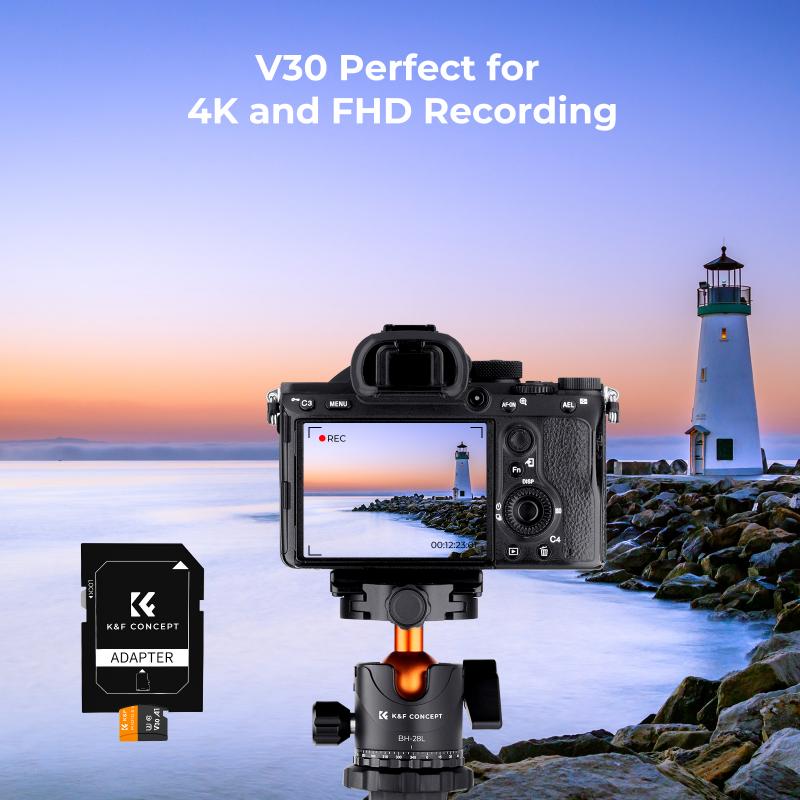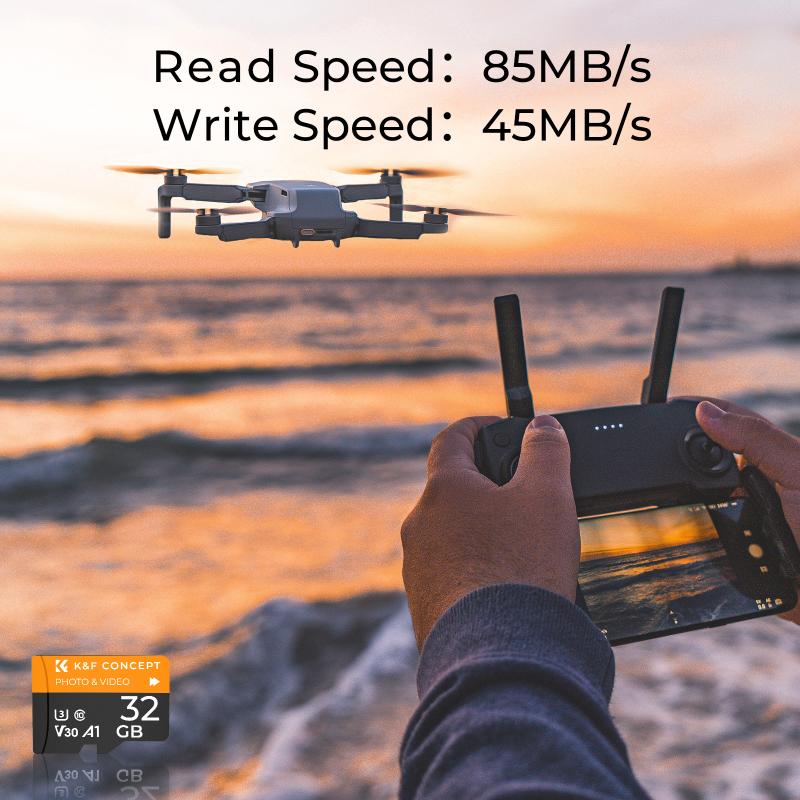How Do I Access Sd Card On Android?
Accessing an SD card on an Android device is a common task that many users need to perform for various reasons, such as transferring files, expanding storage, or managing media. This article will guide you through the different methods and tools available to access and manage your SD card on an Android device. Whether you are a novice or an experienced user, this comprehensive guide will help you navigate the process with ease.
Understanding the Basics

Before diving into the methods, it's essential to understand the basics of SD cards and their compatibility with Android devices. SD cards come in different formats, such as SD, SDHC, and SDXC, each with varying storage capacities. Most modern Android devices support these formats, but it's always a good idea to check your device's specifications to ensure compatibility.
Inserting the SD Card

The first step in accessing your SD card is to insert it into your Android device. Here's how to do it:
1. Power Off Your Device: To avoid any potential damage, turn off your Android device before inserting the SD card.
2. Locate the SD Card Slot: Depending on your device, the SD card slot may be located under the back cover or in a dedicated slot on the side.
3. Insert the SD Card: Carefully insert the SD card into the slot, ensuring it is properly aligned. You may hear a click when it is securely in place.
4. Power On Your Device: Turn your device back on. It should automatically detect the SD card and notify you.
Accessing the SD Card Using File Manager Apps

One of the most straightforward ways to access your SD card is through a file manager app. Most Android devices come with a pre-installed file manager, but you can also download third-party apps from the Google Play Store. Here are the steps to access your SD card using a file manager:
1. Open the File Manager App: Locate and open the file manager app on your device. Common pre-installed apps include "Files" or "My Files."
2. Navigate to the SD Card: In the file manager, you should see an option for "SD Card" or "External Storage." Tap on it to access the contents of your SD card.
3. Browse and Manage Files: You can now browse, open, move, copy, or delete files on your SD card as needed.
Using the Settings Menu

Another method to access your SD card is through the device's settings menu. This method is useful for managing storage and formatting the SD card. Follow these steps:
1. Open Settings: Go to the "Settings" app on your Android device.
2. Navigate to Storage: Scroll down and tap on "Storage" or "Device Care" (the exact name may vary depending on your device).
3. Select SD Card: You should see your SD card listed under "Portable Storage" or "SD Card." Tap on it to view its contents and manage storage options.
4. Format or Eject: From this menu, you can format the SD card, eject it safely, or view detailed storage information.
Transferring Files to and from the SD Card
Transferring files between your device's internal storage and the SD card is a common task. Here's how to do it using a file manager app:
1. Open the File Manager App: Launch the file manager app on your device.
2. Select Files: Navigate to the files you want to transfer. Long-press on a file to select it, and you can select multiple files if needed.
3. Move or Copy: Tap on the "Move" or "Copy" option, usually found in the menu or toolbar.
4. Navigate to Destination: Navigate to the destination folder on your SD card where you want to transfer the files.
5. Paste Files: Tap on "Paste" to complete the transfer.
Using a Computer to Access the SD Card
If you prefer to manage your SD card using a computer, you can do so by connecting your Android device to your computer via a USB cable. Here's how:
1. Connect Your Device: Use a USB cable to connect your Android device to your computer.
2. Select USB Mode: On your device, you may need to select the USB mode. Choose "File Transfer" or "MTP" mode.
3. Access SD Card on Computer: On your computer, open "File Explorer" (Windows) or "Finder" (Mac). You should see your device listed as a removable drive.
4. Navigate to SD Card: Open the drive and navigate to the SD card folder to access and manage files.
Troubleshooting Common Issues
Sometimes, you may encounter issues when accessing your SD card. Here are some common problems and their solutions:
1. SD Card Not Detected: If your device does not detect the SD card, try reinserting it or using a different SD card to rule out compatibility issues.
2. File Corruption: If files on your SD card are corrupted, try using a file recovery tool or format the SD card (note that formatting will erase all data).
3. Insufficient Permissions: Ensure that the file manager app has the necessary permissions to access external storage. You can check this in the app settings.
Accessing and managing an SD card on an Android device is a straightforward process once you understand the basics and the available methods. Whether you use a file manager app, the settings menu, or a computer, you can efficiently manage your files and storage. By following the steps outlined in this guide, you can ensure that your SD card is properly utilized, and any potential issues are quickly resolved. With these tools and tips, you can make the most of your Android device's expandable storage capabilities.
